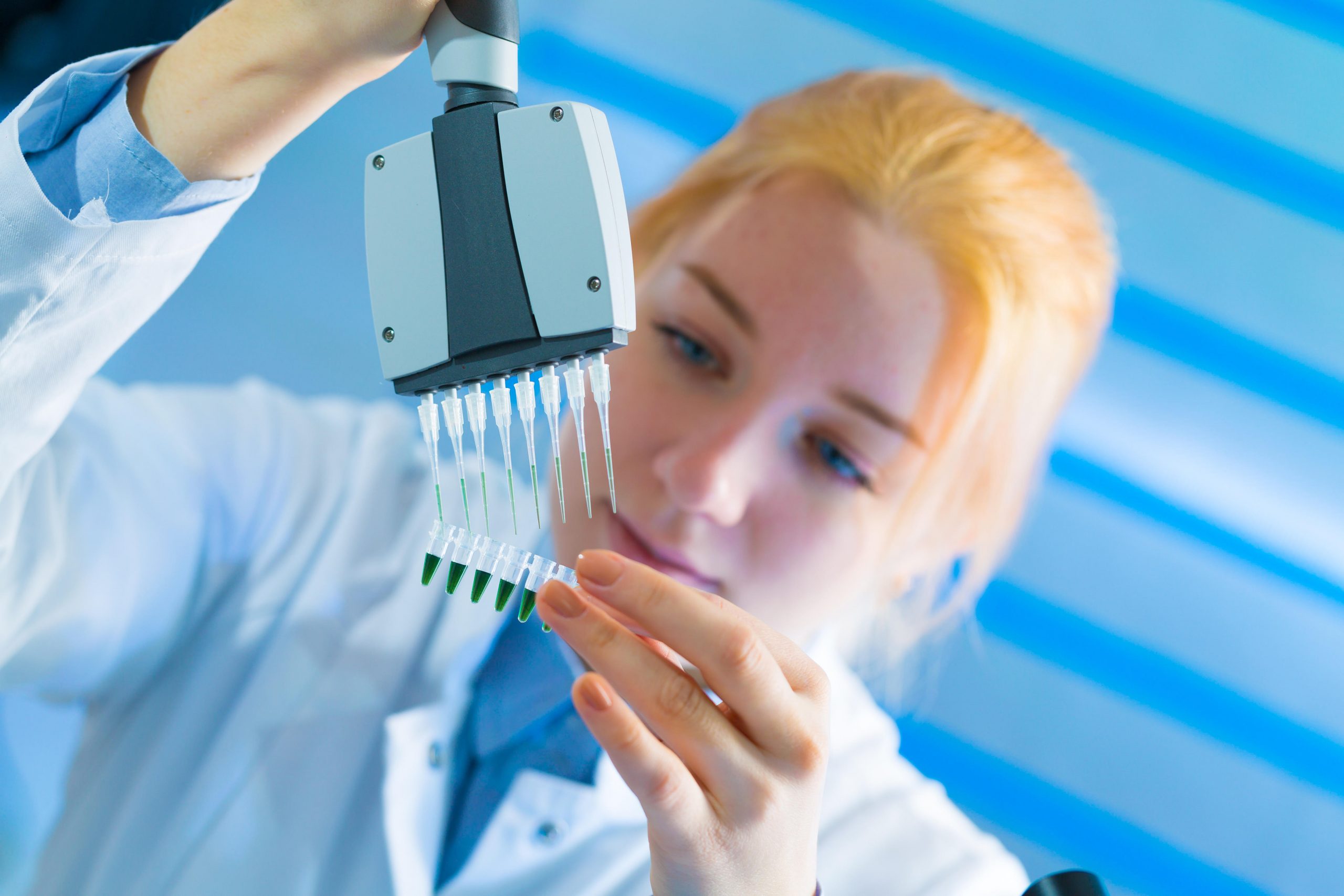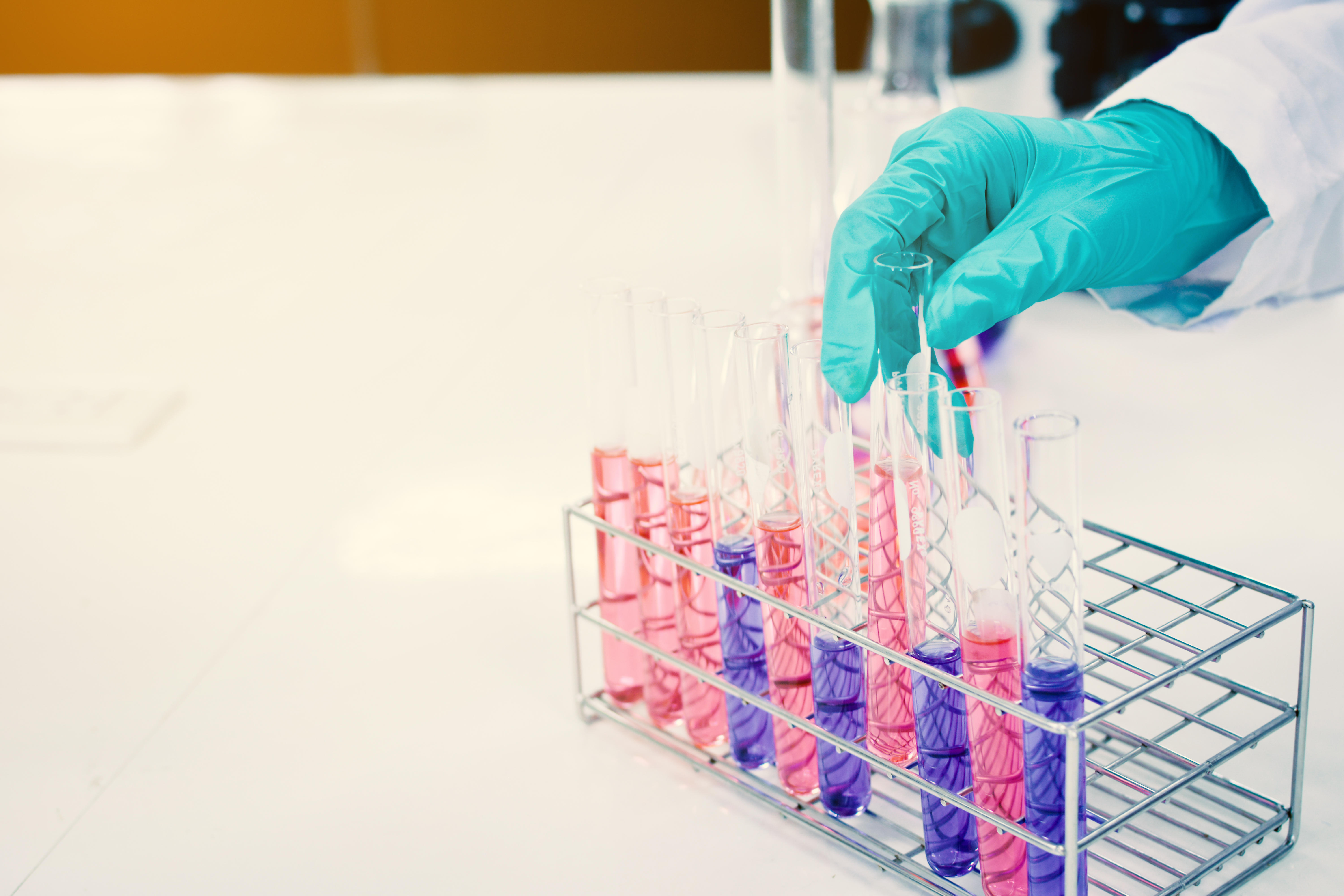Stem-cell therapy hailed the treatment for the future, but what are the facts?
Often described as a ‘miracle cure’, stem-cell treatment has been making headlines since the very first bone-marrow transplant in the 1960s. Do you want to learn more about why stem cells are so important? Here’s the lowdown.


Often described as a ‘miracle cure’, stem-cell treatment has been making headlines since the very first bone-marrow transplant in the 1960s. Do you want to learn more about why stem cells are so important? Here’s the lowdown.
Smart scientific research and continual breakthroughs in regenerative medicine mean this cutting-edge therapy now offers hope for progressive diseases, disabilities, injuries and other health conditions.
Super Cells
So, what is a stem cell? ‘Stem cells are cells in the human body that have the potential to turn into other cell types– this could be a blood cell, skin cell, muscle cell or a nerve cell,’ says Dr Majid Kazmi of London Bridge Hospital.* ‘Because of their unique ability to renew and become different types of cells, they offer us hope in treating disease and re-growing damaged tissue or organs.’
What can be treated with stem cell therapy?
‘Despite stem cells having great potential to treat many conditions and illnesses, much of the exciting stem-cell research is still at experimental stage, and unproven,’ says Dr Kazmi. ‘This means that the number of stem-cell therapies available is still quite small.’ It is approved for skin grafts and the repair of damaged corneas, but the most commonly known treatment is a stem-cell transplant for conditions where the bone marrow is no longer able to produce healthy blood cells. This includes:
✱ Bone-marrow failure
✱ Leukaemia – a type of cancer affecting white blood cells
✱ Lymphoma – another type of cancer affecting white blood cells
Parenting advice, hot topics, best buys and family finance tips delivered straight to your inbox.
✱ Myeloma – cancer affecting cells called plasma cells
✱ Blood, immune system and metabolic disorders such as sickle-cell anaemia, thalassaemia, severe combined immunode ciency (SCID), and Hurler syndrome.

What you need to know about stem-cell transplants
Blood stem cells have the job ofcreating di erent types of blood cells,and work to keep our blood healthy.They live inside bones in the softtissue called bone marrow. When something goes wrong with this complicated process, it can lead toblood cancers and blood disorders. ‘Someone is diagnosed with blood cancer or disorder every 14 minutes and, for some, a stem-cell transplant is their best chance at life,’ explains Henny Braund, the chief executive of Anthony Nolan, the charity that matches stem-cell donors to patients in need of a bone-marrow transplant.
How a transplant works
Chemotherapy or radiotherapy first removes abnormal cells from the body. This is known as conditioning therapy, and then new stem cells from a donor are infused into the blood in a similar way to a blood transfusion. Following a transplant, these new stem cells move to the bone marrow where they’ll produce new blood cells. Over time, a new immune system will develop to recognise and remove any remaining abnormal cells in the body, as well as protecting against bacteria and viruses, explains Henny. A stem-cell transplant is also known as a bone-marrow transplant – they have the same result, but the key di erence is how the cells are collected from a donor. The collection method depends on the condition.

Who can donate?
Stem cells used for these transplants are collected from volunteer donors. The most important part of the process is finding a matching tissue type. ‘Around 75% of UK patients won’t find a matching donor in their families, so they turn to us to find them an unrelated donor,’ say Henny. ‘Every person who joins the Anthony Nolan register has the potential to give hope to someone in need of a lifesaving stem-cell transplant. We particularly need young men aged 16-30, as they are the most likely to be chosen to donate.’
Signing up
After filling in an online form at anthonynolan.org, interested donors complete a cheek swab kit to post back. When placed on the register, potential donors are then on standby to be matched – with a 1 in 800 chance of being asked to donate. Some 90% of cases will be donated by peripheral blood stem-cell (PBSC) collection as an outpatient procedure, which is similar to giving blood. One in 10 donors will have their stem cells collected from the bone marrow, at the back of the hip bone, under general anaesthetic. Anyone on the register needs to be happy to donate stem cells via either method.
The future of stem cells
Funds are being poured into thousands of clinical trials – and, despite these being mostly animal studies, stem cells may soon offer a solution to conditions that until now have been incurable. There is potential to treat spinal cord injury, heart attacks, strokes, sports injuries, blindness, cancer, diabetes and MS. The most studied type of stem-cell therapy for MS is ‘autologous haematopoietic stem-cell transplantation’ and, until recently, treatment was seen as experimental. However, treatment is now becoming available through the NHS at a very small number of centres– although the number of people who are accepted for treatment is extremely small, says the MS Society.

Senior writer Ali Horsfall has almost 15 years of experience as a journalist and has written for national print titles and women’s lifestyle brands including Woman & Home, Woman, Woman's Own, BBC magazines, Mothercare, Grazia and The Independent.